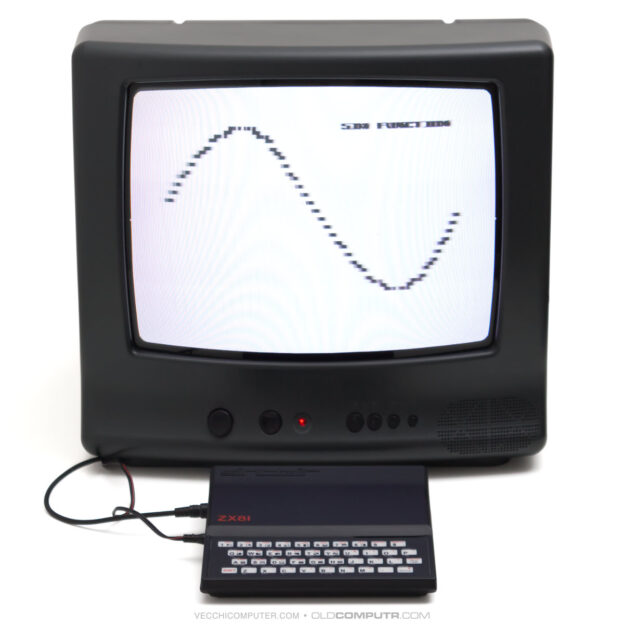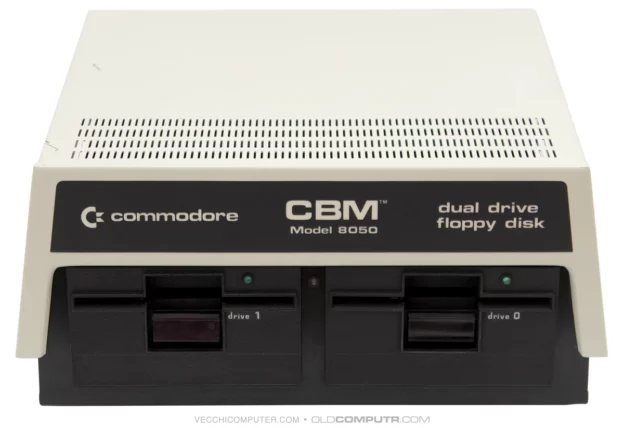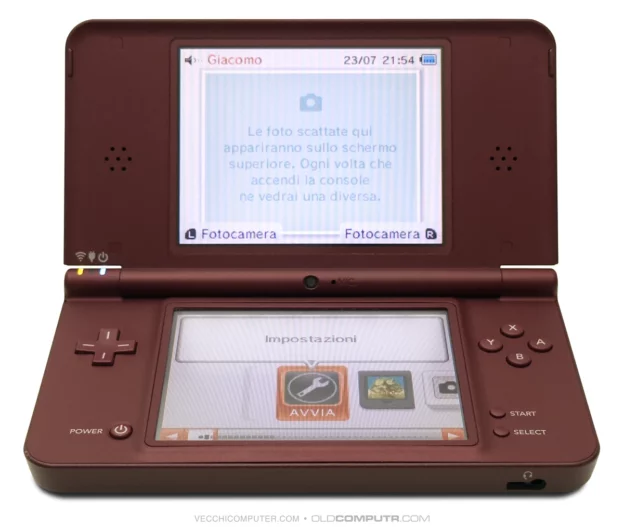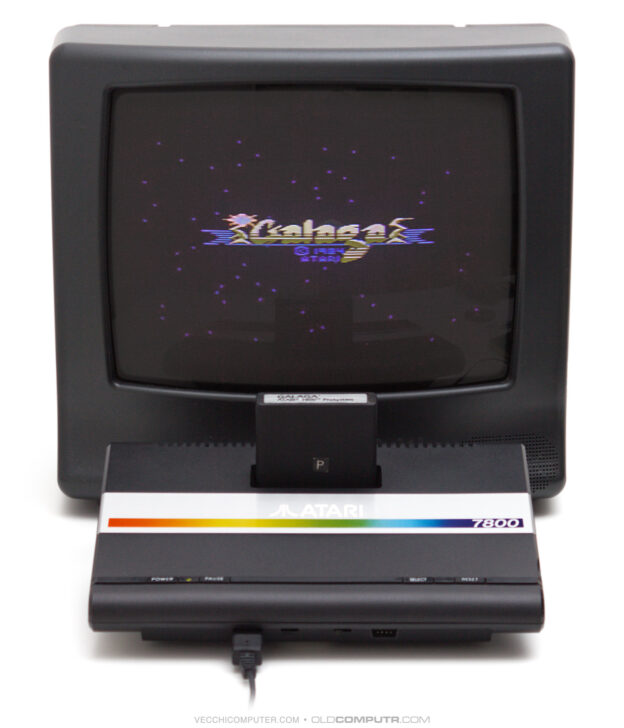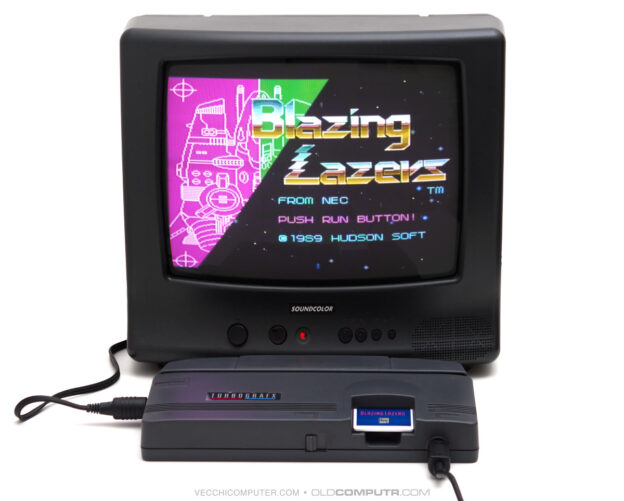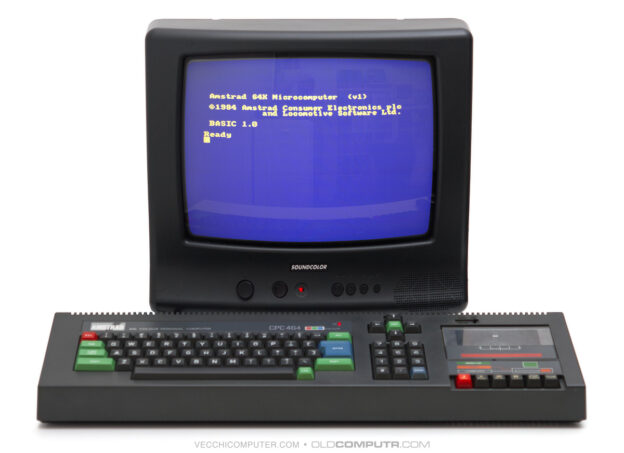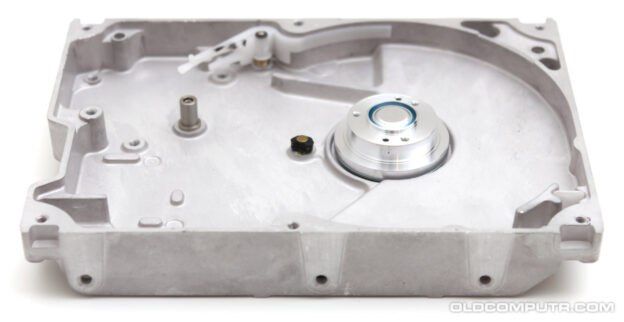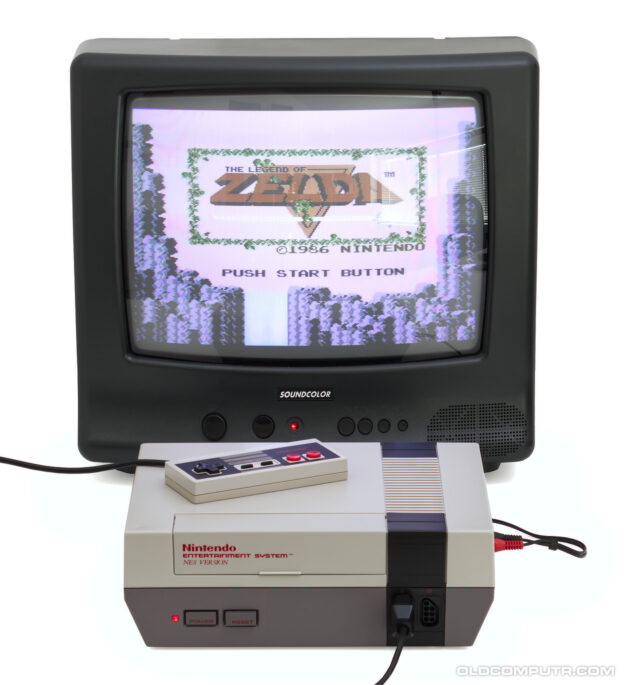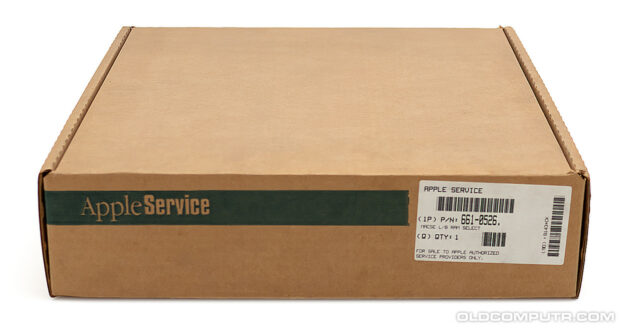I bought this computer from the son of a retired dealer and repairman at my usual market in November 2011. I remember visiting his father’s shop in the late 1980s and buying a copy of GEOS for the Commodore 64. However, I’m still undecided about whether to continue going to the monthly Sunday market, as even the “basement clearance” sellers are now charging eBay prices. A few years ago, given how often I visited, when I asked the price of a Commodore 64, I was told, “15 euros because it’s you”. The last time I was there, I asked the price of some Game Boys on the counter. The answer I received was “The price is on the back”, without so much as a glance in my direction. Between €80 and €120. In the last six months, I’ve only bought a power supply for a Nintendo DS Lite.
Continue reading